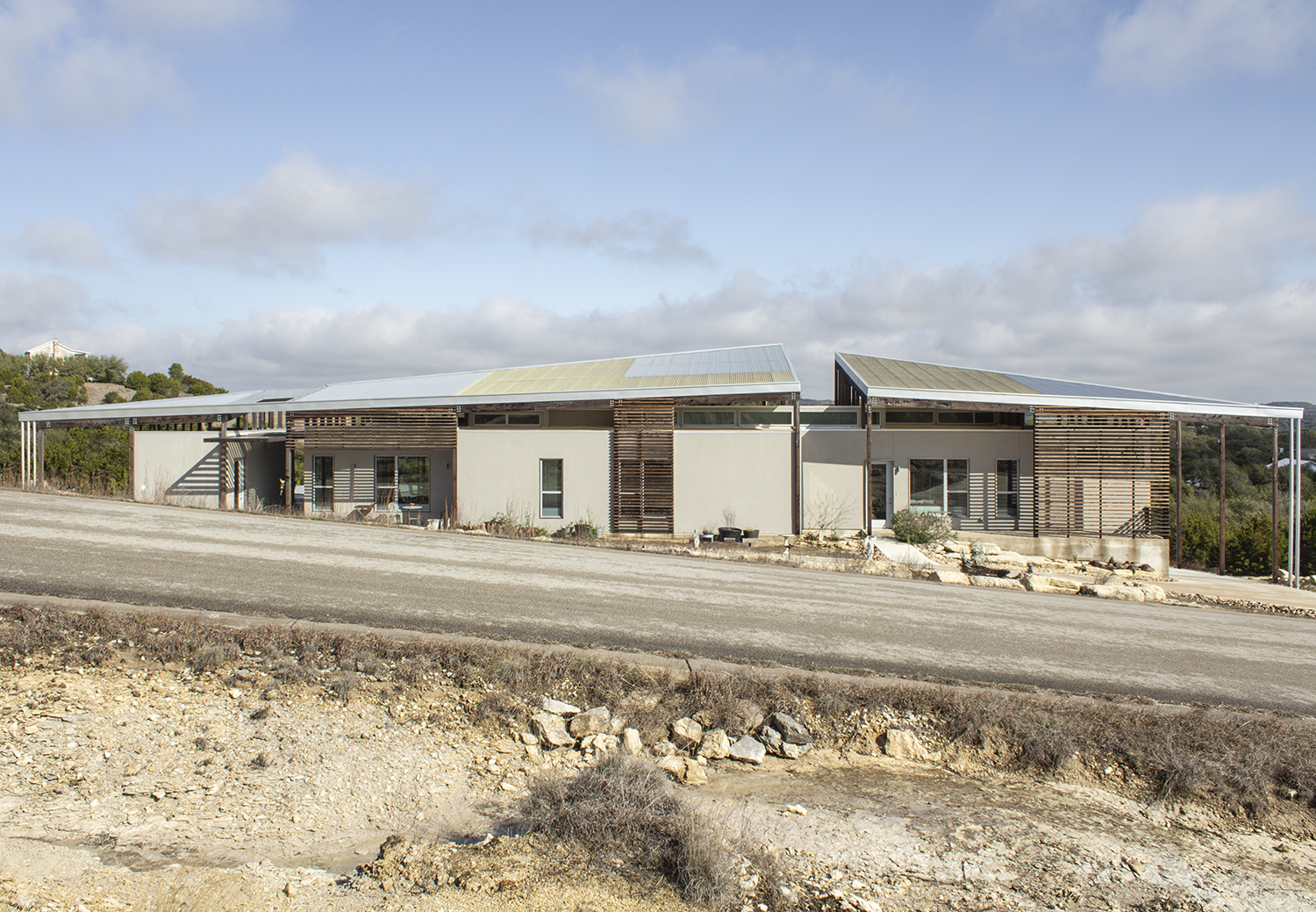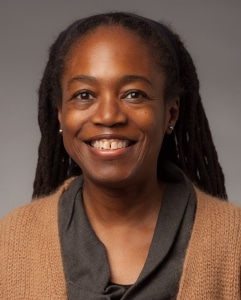2020 ACSA Architectural Education Awards
Faculty Recognized for Excellence in Architectural Education
Note: This press release is being re-released to accommodate an additional award: TAD Best Article for Volume II. Please see below for more detailed information about the award.
For Immediate Release:
Washington D.C., February 27, 2020 – The Association of Collegiate Schools of Architecture (ACSA) announces the recipients of the 2020 Architectural Education Awards which honors architectural educators for exemplary work in areas such as building design, community collaborations, scholarship, and service. The award-winning professors inspire and challenge students, contribute to the profession’s knowledge base, and extend their work beyond the borders of academia into practice and the public sector.
This year’s recipients are:
AIA/ACSA Topaz Medallion for Excellence in Architectural Education
Awarded to an individual who has had a significant impact on architectural education and the discipline and practice of architecture.
David Leatherbarrow, University of Pennsylvania
Distinguished Professor Award
To recognize individuals that have had a positive, stimulating, and nurturing influence upon students over an extended period of time and/or teaching which inspired a generation of students who themselves have contributed to the advancement of architecture.
Gail Dubrow, University of Minnesota
Karen Kensek, University Southern California
Stephen D. Luoni, University of Arkansas
Vikramaditya Prakash, University of Washington
Richard Sommer, University of Toronto
ACSA/AIAS New Faculty Teaching Award
To recognize demonstrated excellence in teaching performance during the formative years of an architectural teaching career.
Jacob Mans, University of Minnesota
Diversity Achievement Award
Recognizes the work of faculty, administrators, or students in creating effective methods and models to achieve greater diversity in curricula, school personnel, and student bodies, specifically to incorporate the participation and contributions of historically underrepresented groups or contexts.
_mpathic design: pedagogy, initiative, practice
Elgin Cleckley, University of Virginia
The Work: USC Architecture’s Diversity and Inclusion Plan
Amy Murphy & Lauren Matchison, University of Southern California
Creative Achievement Award
Recognizes a specific creative achievement in teaching, design, scholarship, research, or service that advances architectural education.
Iowa State University Computation + Construction Lab (CCL)
Shelby Doyle, Iowa State University
Fabricating Customization
Jeremy Ficca, Carnegie Mellon University
The Future of the Netsch Campus
Judith De Jong, University of Illinois at Chicago
Collaborative Practice Award
Established in 1997 by Thomas Dutton and Anthony Schuman to recognize ACSA’s commitment to community partnerships in which faculty students and neighborhood citizens are valued equally and that aim to address issues of social injustice through design.
Waipahu Transit-Oriented Development (TOD) Collaboration
Cathi Ho Schar & Waipahu TOD Collaboration Team, University of Hawaiʻi Community Design Center
Urban Acupuncture for Community Forge
Stefan Gruber, Carnegie Mellon University
Sustainability Laboratory and Urban Garden (SLUG)
Linda Samuels, Washington University in St. Louis & Christopher Trumble, University of Arizona
Faculty Design Award
Recognizes work that advances the reflective nature of practice and teaching by encouraging outstanding work in architecture and related environmental design fields as a critical endeavor.
City Thread
Molly Hunker & Gregory Corso, Syracuse University
Buoyant Ecologies Float Lab
Adam Marcus, Margaret Ikeda, & Evan Jones, California College of the Arts
Shaped Places of Carroll County New Hampshire
McLain Clutter & Cyrus Penarroyo, University of Michigan
Swissness Applied Exhibition
Nicole McIntosh & Jonathan Louie, Texas A&M University
Faculty Design Honorable Mentions:
Salvage Swings
Jessica Colangelo & Charles Sharpless, University of Arkansas
Close to the Edge: The Birth of Hip-Hop Architecture
Sekou Cooke, Syracuse University
Ashes & Ashes Cabin
Leslie Lok & Sasa Zivkovic, Cornell University
Design-Build Award
Honors the best practices in school-based design-build projects.
Groundwork
Adam Modesitt, Tulane University
Tarkeeb Gatehouse + Garden
Michael Hughes & William Sarnecky, American University of Sharjah
ASHED – The South Sioux City Community Orchard Facility
Jason Griffiths, University of Nebraska-Lincoln
AIA/ACSA Practice + Leadership Award
Recognizes “best practice” examples of highly effective teaching, scholarship, and outreach in the areas of professional practice and leadership.
UHCDC: Exploring Public Sector Practice
Cathi Ho Schar & University of Hawaiʻi Community Design Center, UH Manoa
Forensics Studio
Federico Garcia Lammers, South Dakota State University
AIA/ACSA Housing Design Education Award
Recognizes the importance of good education in housing design to produce architects ready for practice in a wide range of areas and able to be capable leaders and contributors to their communities.
Between Neighbors: Staging Domesticity in Multifamily Housing.
Katie MacDonald, University of Tennessee-Knoxville
New Domesticities New Collectivities
Jonathan Rule & Kathy Velikov, University of Michigan
Over Under In Between: Affordable Housing within an Industrial Ecology
Jason Carlow, American University of Sharjah
JAE Best Article Award
Recognizing the best article from the Journal of Architectural Education for the preceding academic year.
Best Design as Scholarship Article
Constructing Mystery
Yael Erel, Rensselaer Polytechnic Institute
Best Scholarship of Design Article
Atmospheric Pressures
Susanneh Bieber, Texas A&M University
Best Micronarrative
Growing Up Modern – Oral History as Architectural Preservation
Julia Jamrozik, University at Buffalo, SUNY
TAD Research Contribution Award
Recognizing the best article from the Technology | Architecture + Design Journal.
Best Article from Volume I
Benchmarking the Embodied Carbon of Buildings
Kathrina Simonen, Barbara X. Rodriguez Droguett, & Catherine De Wolf, University of Washington
Best Article from Volume II
Experiments Toward Hyper-Local Reverse Heat Flow Assemblies
Lars Junghans, Daniel Tish, Dustin Brugmann, Kathy Velikov, Geoffrey Thün, University of Michigan
This year’s jury included:
Topaz Jury
Evelyn M. Lee, AIA
Renée Cheng, University of Washington
Robert Greenstreet, University of Wisconsin-Milwaukee
Phoebe A. Crisman, University of Virginia
Sarah Curry, AIAS
Distinguished Professor Jury
Francisco Rodriguez-Suarez, Universidad de Puerto Rico
Branko Kolarevic, New Jersey Institute of Technology
Dana Buntrock, University of California, Berkeley
New Faculty Teaching Jury
Adam Fogel, AIAS
Bethany Lundell Garver, Boston Architectural College
Jeffrey Day, University of Nebraska-Lincoln
Stephanie Handy, Andrews University
Diversity Achievement Jury
Robert Gonzalez, Texas Tech University
Lori Brown, Syracuse University
Andrew Chin, Florida Agricultural and Mechanical University
Collaborative Practice Jury
June Williamson, City College of New York
María Arquero de Alacrón, University of Michigan
Erin Moore, University of Oregon
Housing Design Education Jury
Pavlina Ilieva, Morgan State University
Gregory Marinic, University of Cincinnati
Ray Demers, Enterprise Community Partners
Etty Padmodipoetro, Urban Idea Lab
Creative Achievement Jury
Nichole Wiedemann, University of Texas at Austin
Dawn Finley, Rice University
Tracey Eve Winton, University of Waterloo
Faculty Design Jury
Rania Ghosn, Massachusetts Institute of Technology
Courtney Crosson, University of Arizona
Jennifer Bonner, Harvard University
Design-Build Jury
Lonn Combs, Rensselaer Polytechnic Institute
Emily Baker, University of Arkansas
Elizabeth Golden, University of Washington
Practice & Leadership Jury
Dana Buntrock, University of California, Berkeley
Jose Gamez, University of North Carolina at Charlotte
Richard Mohler, University of Washington
JAE Best Article Award Jury
JAE Editorial Board
ACSA Board of Directors
TAD Research Contribution Award Jury
TAD Editorial Board
ACSA Board of Directors
About ACSA
The mission of the Association of Collegiate Schools of Architecture is to lead architectural education and research.
Founded in 1912 by 10 charter members, ACSA is a 501(c)(3) nonprofit association of over 200 member schools in several categories. These include full membership for all accredited programs in the United States and government-sanctioned schools in Canada, candidate membership for schools seeking accreditation, and affiliate membership for schools for two-year and international programs. Through these schools, over 5,000 architecture faculty are represented.
ACSA, unique in its representative role for schools of architecture, provides a forum for ideas on the leading edge of architectural thought. Issues that will affect the architectural profession in the future are being examined today in ACSA member schools. The association maintains a variety of activities that influence, communicate, and record important issues. Such endeavors include scholarly meetings, workshops, publications, awards and competition programs, support for architectural research, policy development, and liaison with allied organizations.
ACSA seeks to empower faculty and schools to educate increasingly diverse students, expand disciplinary impacts, and create knowledge for the advancement of architecture.
Media Contact:
Amanda Gann
agann@acsa-arch.org
###

 Study Architecture
Study Architecture  ProPEL
ProPEL 





